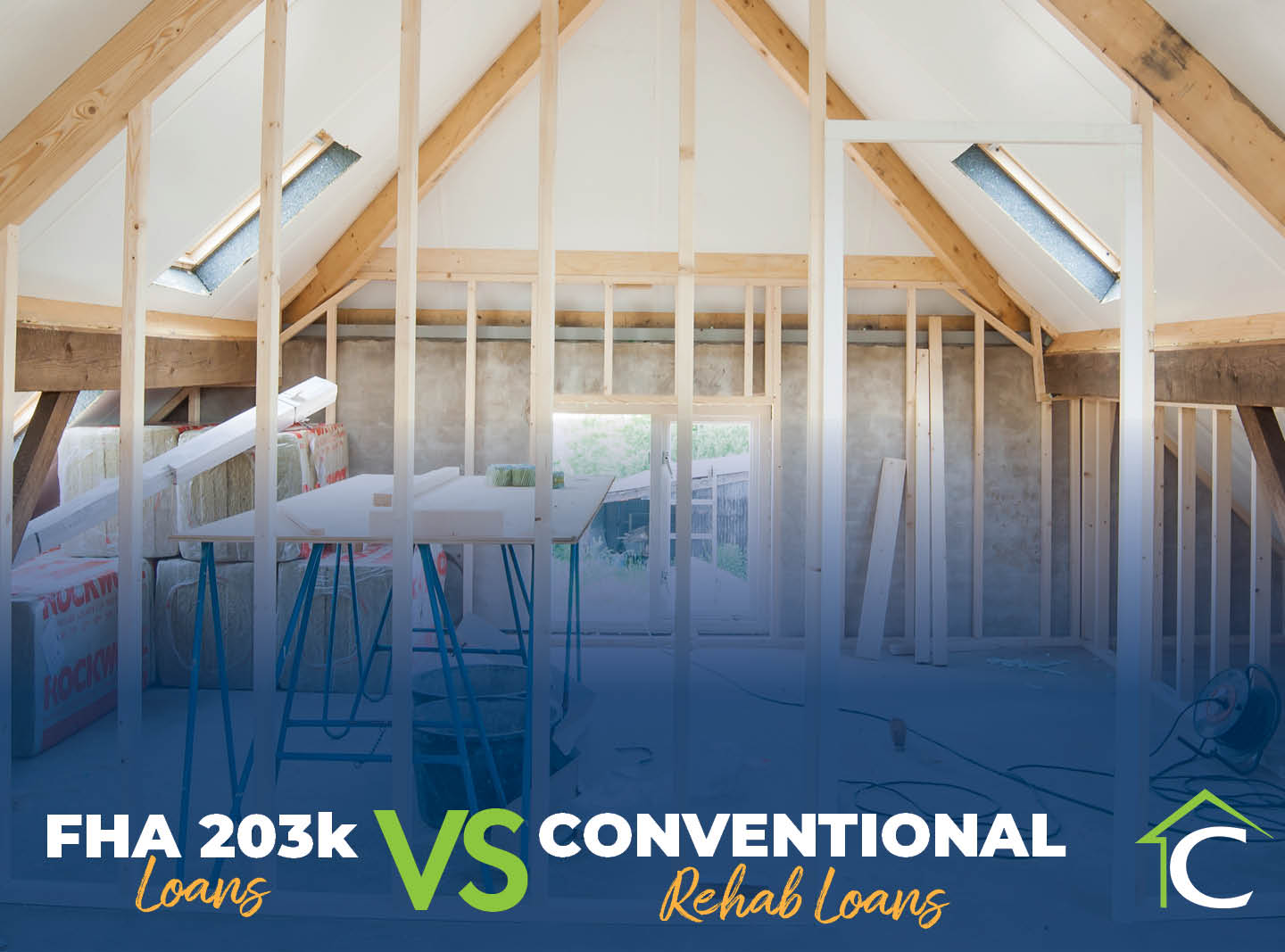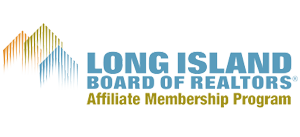Editor’s Note: This blog post was originally published in June 2016 and has been revised to reflect industry updates.
Long Island, New York has become a hot real estate commodity for those searching for first homes or relocating—especially young families. If you’re unfamiliar with it, Long Island comprises Nassau and Suffolk counties, with myriad neighborhoods, school districts, parks and open spaces, and more.
A seller’s market similar to most U.S. suburban regions—with an influx of buyers but low inventory—adds to what can be an already challenging situation, however.
Below we’ll outline 11 steps on how to buy a house on Long Island, such as researching the best neighborhoods and financial requirements, finding a realtor, getting an inspection, and more.
1. Prepare and update your financial documents.
By now you should have examined your budget, current debts and expenses, and income levels to determine what you can afford. The next step is gathering relevant documentation for a mortgage pre-approval.
If you’re unsure of necessary items, it’s best to work with an experienced lender, such as Contour Mortgage. In the meantime, consult this quick tip list:
- Employment History
- Credit Score
- Last 60 Days’ Bank Statements
- Prior Two Years of Income Tax Returns & W2 Statements
- Recent Pay Stubs
- Social Security Card
- Divorce Agreement (If Applicable Regarding Additional Financial Obligations)
- Other Required Documents
2. Obtain a pre-approval, commitment letter, or both.
A pre-approval is the first step of the mortgage application process. This proves to sellers and realtors a lender has vetted and evaluated your financial eligibility. A dollar amount based on factors such as income, assets, credit, and other variables will then be attached to a loan you can comfortably afford.
The next stop is a mortgage commitment letter. Also known as a loan commitment letter, this document places you in an even stronger position than a pre-approval. It represents your signed contract with the seller, signifying your readiness to purchase.
It’s recommended to take these important steps sooner than later, so you don’t risk rescinding an offer on a property you cannot afford. Having all documents in order and seeking out a reputable mortgage lender is your best approach.
3. Find out which mortgage is best for you.
There are several loan types offered through Contour Mortgage, such as conventional and jumbo loans. Others include government-backed products provided via agencies such as the Federal Housing Administration (FHA), U.S. Department of Agriculture (USDA), or Veteran Affairs (VA) for active and retired military personnel. Choosing the best option is dependent on several factors, such as debt-to-income (DTI) ratios, credit scores, monthly expenses, income requirements, and down payments.
Government-backed loans often have lower requirements. If you're a first-time home buyer, it’s also prudent to research grants geared toward prospective Long Island homeowners. Both Nassau and Suffolk counties offer programs providing down payment and closing cost assistance.
If you’re unsure of mortgage qualifications and requirements, discuss with your lender for more information.
4. Research your preferred neighborhoods.
Following a pre-approval and mortgage commitment, you’ll have a definitive budget to stay within. Once you understand your mortgage limits, research Long Island neighborhoods that interest you the most.
While Long Island has so much to offer, not to mention its close proximity to New York City, it’s best to examine features such as school district ratings, parks and family-friendly activities, distance to commuter transportation and major highways, and of course, median home values.
Read our recently updated blog for additional insight: “20 Awesome Long Island Neighborhoods for Young Families.”
5. Find a reputable realtor.
A Long Island realtor can help pinpoint an ideal neighborhood if you’re having trouble on your own. And since many realtors are experts on specific locations, you might consider an area you hadn’t previously. Working with a realtor also takes searching and price negotiating off your already busy to-do list.
An experienced realtor can also be your eyes and ears when you can’t be there, or sense things about a property only a professional would. It’s best to heed their advice, since they are working for you and your family’s best interests.
Most Long Island-based mortgage lenders can recommend a reputable realtor, but you can also conduct research through local associations such as Long Island Board of Realtors and Multiple Listing Service of Long Island.
6. If something is too good to be true...it probably is.
When visiting different properties and open houses, watch for any red flags hinting at problems with the house’s foundation, structural issues, or anything else indicating additional expenses.
If the home has outdated fixtures and decor, and you don’t have the time, money, or patience to complete these upgrades, consider a new construction, turnkey home, or lower-maintenance properties.
If you’re handy and have the budget to take on a fixer-upper or rehab property, you can also bundle any renovation costs to your current mortgage.
Other budget-friendly options include estate sales or as-is properties. Typically acquired via inheritance, these involve a seller who’s merely looking to accept the best offer and move on. The caveat with these homes is exceptions usually won’t be made for any necessary repairs or upgrades prior to closing.
7. Make a solid and fair offer.
Once you find a property you're interested in, speak with your realtor to understand the cost of comparable homes in the area before making an offer. Due to the currently competitive Long Island real estate market, it will likely be one of many. If possible, bid at least the current asking price.
If the seller receives multiple offers, a bidding war could erupt, whereby buyers are willing to pay over the listed price.
8. Get a home inspection.
While most states don’t require an inspection to be performed until after the home is under contract, New York State law stipulates it must occur following an accepted offer.
Plan to spend between $300 to $500 for a full inspection. While this is an additional cost, it will save extra money and reduce later stress. You don’t want undiscovered issues such as leaks, flooding, structural damage, and evidence of termites or other wood-destroying insects. If certain conditions are present, some lenders could require a completed Wood Destroying Insect Inspection Report.
Consult with your realtor for reputable inspectors, or check local online review platforms. While industry feedback is helpful, you’d be ill-advised to hire a home inspector recommended by the seller.
9. Continue to keep your finances in check.
It’s imperative to maintain your current finances up until closing. This includes continuing to save and budget for upcoming mortgage payments, avoiding lavish purchases, and retaining current employment. Nothing is official until the seller legally transfers ownership and you’re holding the keys.
10. Get organized, and start packing!
While you wait to close on your new home, there are additional steps to take to help ensure a stress-free process. Contour Mortgage recommends reviewing home appraisals, contracts, and other important information and documents.
This is also the time to shop around for homeowners’ insurance. Those in low-lying areas might also be required to purchase flood insurance. It’s best to consult Federal Emergency Management Agency (FEMA) flood maps for more information.
Other considerations include filing an official change of address with your local U.S. Postal Office, and setting up utilities services at your new home. You’ll also want to enlist a reputable moving company.
11. The day you’ve been waiting for: closing time!
You’ve made it this far, and the big day has arrived to close on your dream home. If unsure of everything you’ll need, it’s best to clarify with your mortgage lender, realtor, and real estate attorney.
On closing day, you’ll meet with the seller, their attorney, and possibly their realtor, as well as your mortgage lender, attorney, and title company representative. Specific closing costs can’t be itemized, as every state and lender has individual requirements. However, mortgage lenders are required to provide a closing cost estimate prior to the big day.
12. Make your move, and get settled.
Congratulations! You’re now the proud owner of a new Long Island home. Before moving day, ensure you have all important documents ready for a smooth transition.
First time buying a house on Long Island?
As you search for a new Long Island home, it’s best to work with a reputable mortgage lender with loan officers who understand your needs.
Contact Contour Mortgage to learn more about all of our mortgage products, and how we
can help you secure your dream home on Long Island.


















